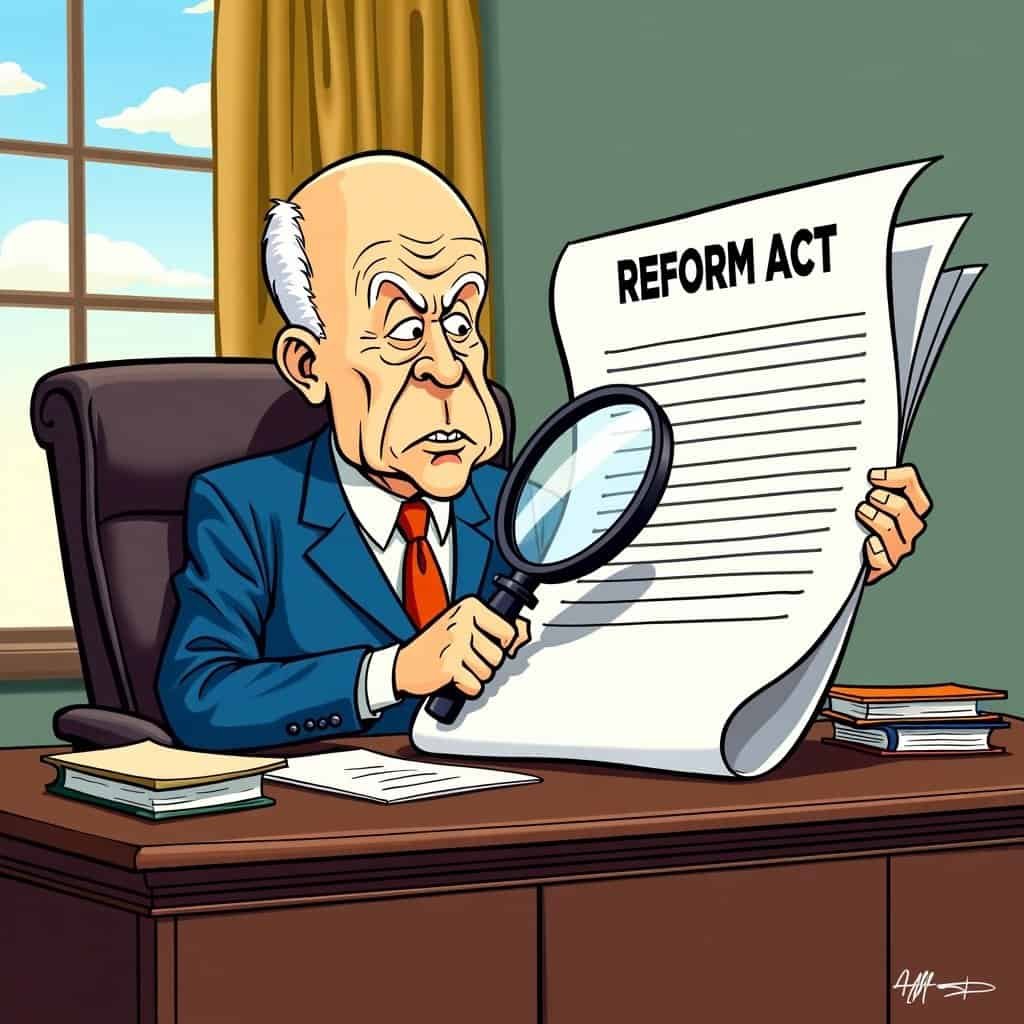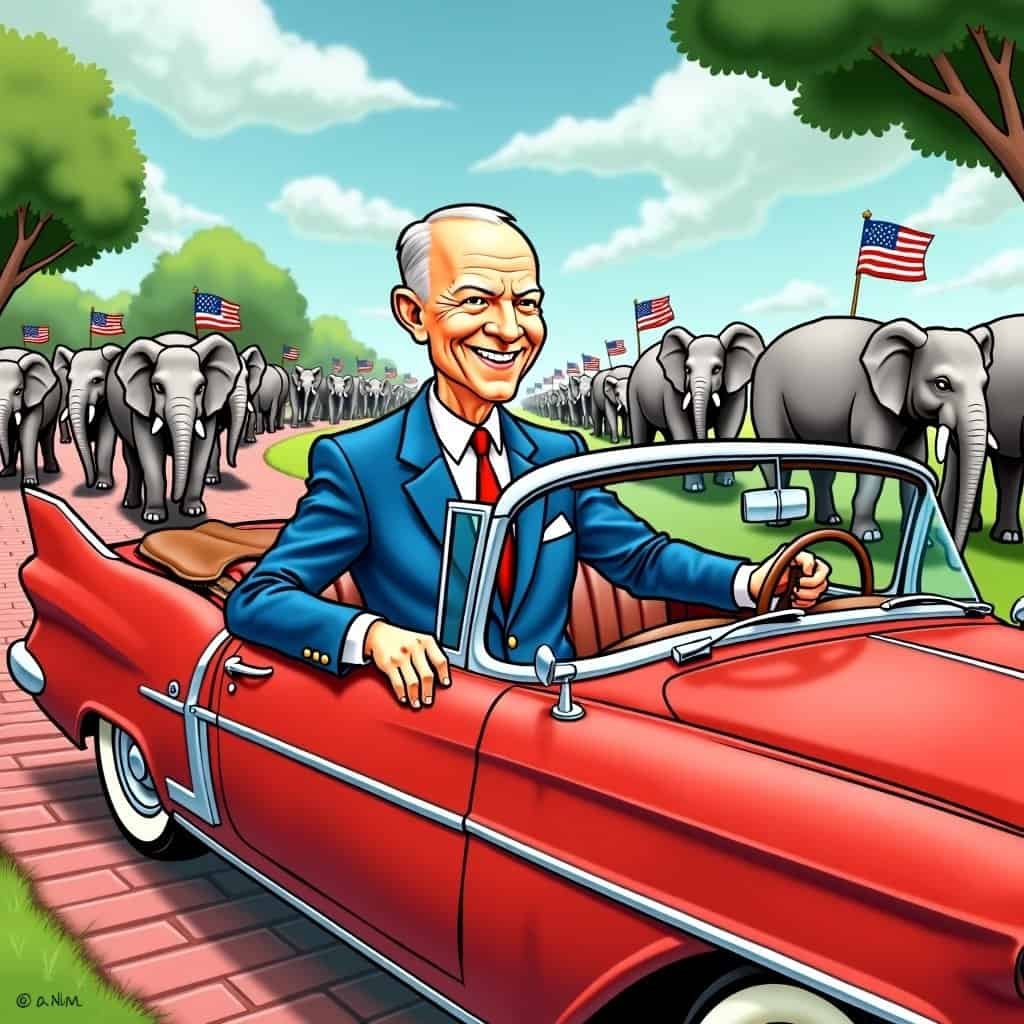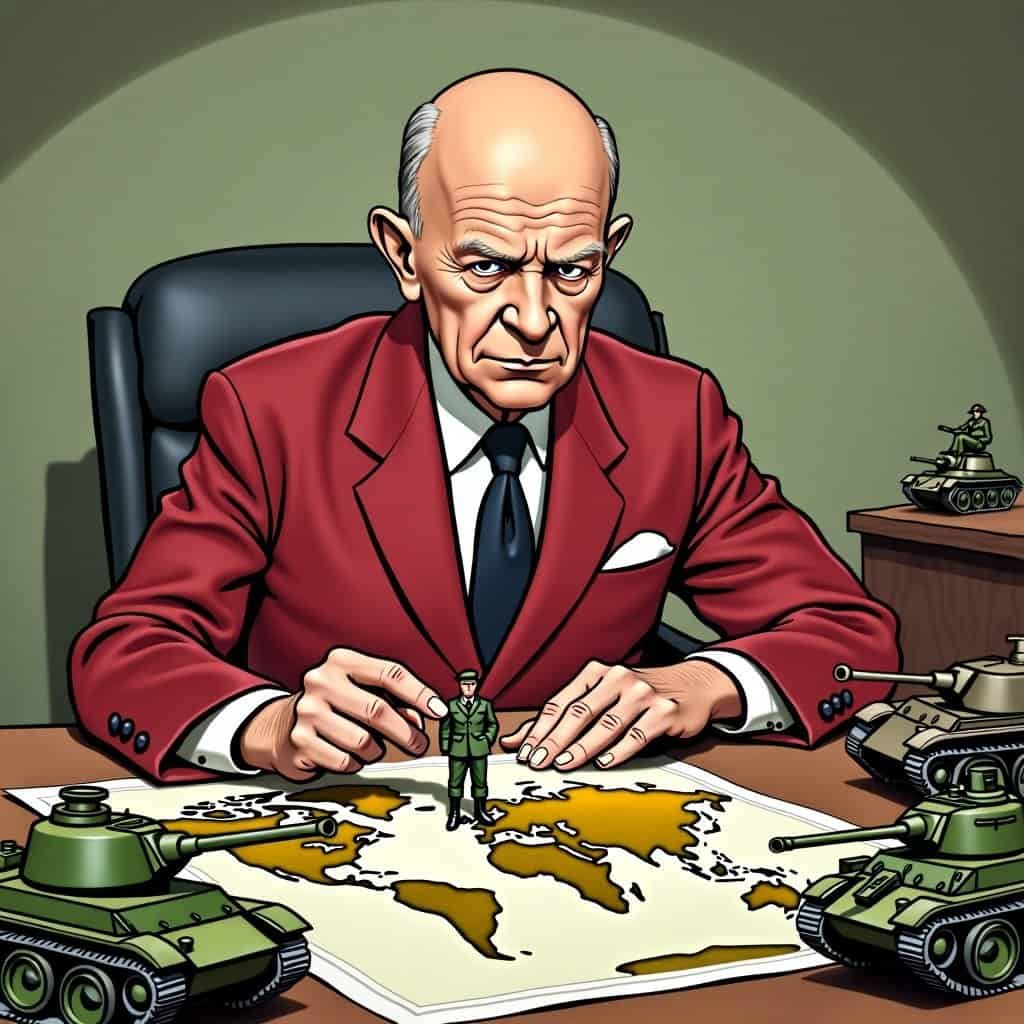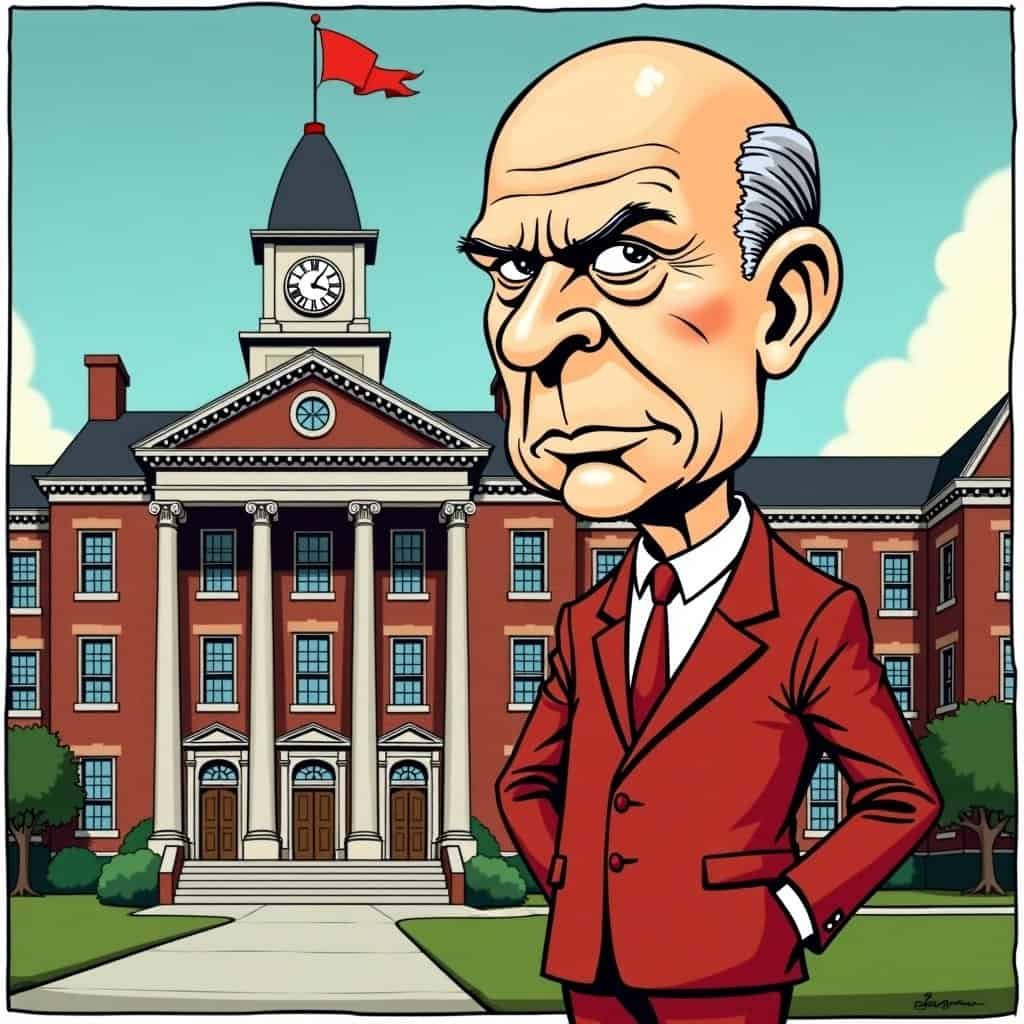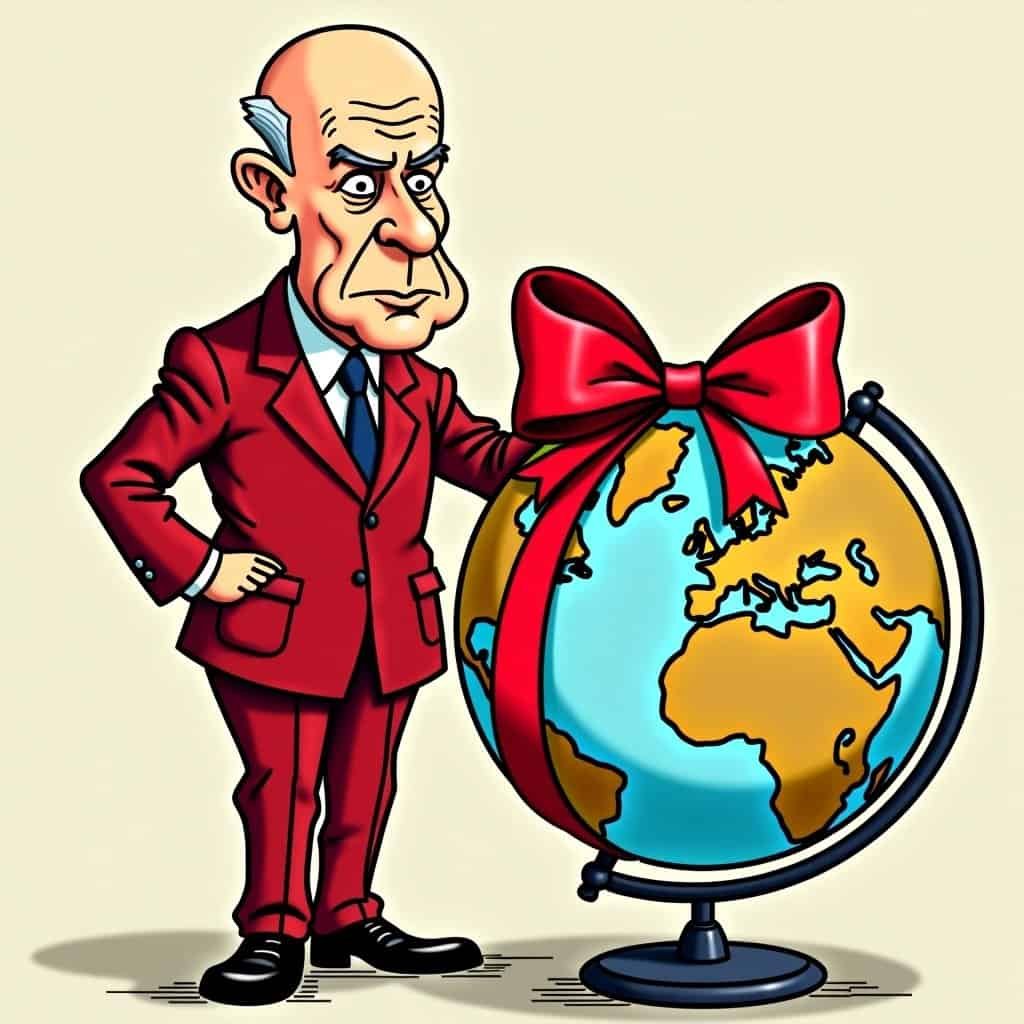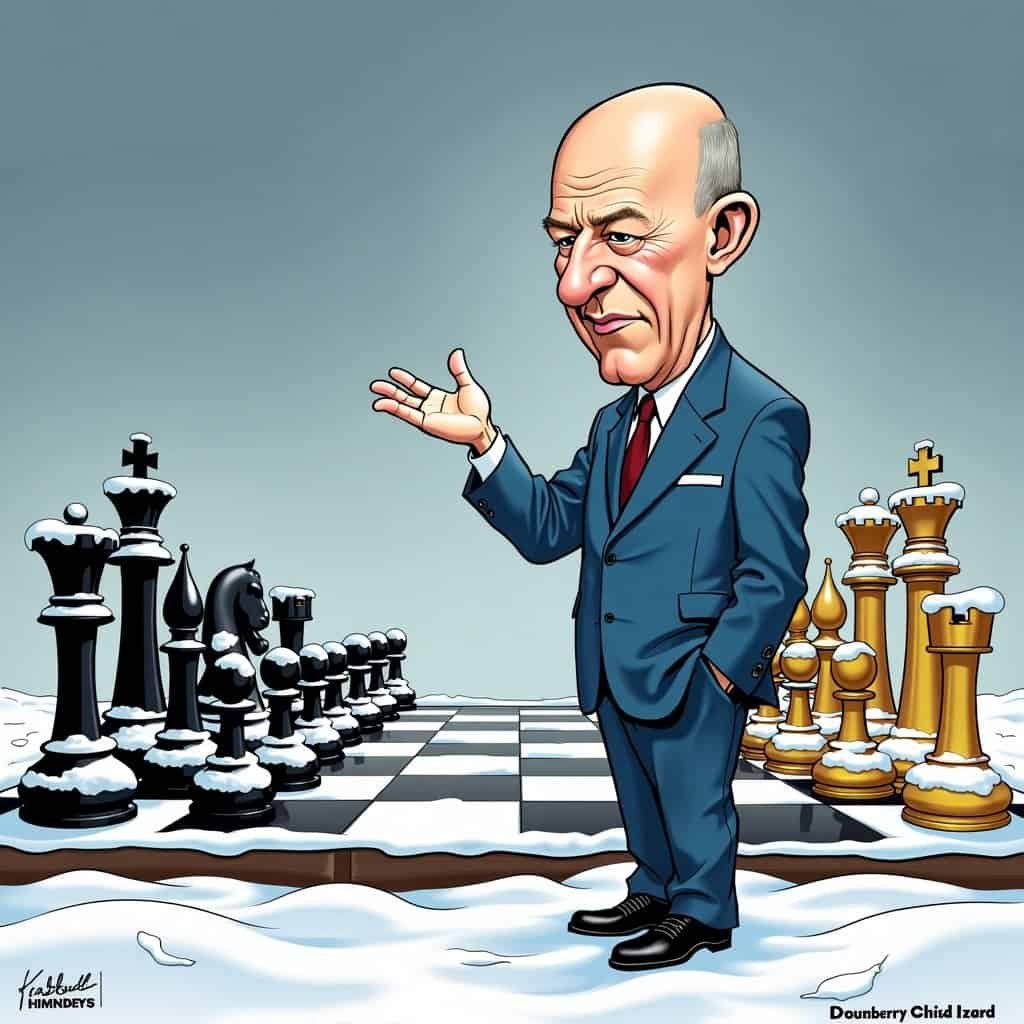Once upon a time, in the land of Liberty and Eagles, there stood a man named Dwight D. Eisenhower. He had charm, charisma, and, most importantly, he had the smarts to recognize that the world of labor needed some tweaking. Enter the Labor Reform Act of 1959 — a true gem of conservative thinking! Conservatives love a good deal, and wasn’t this act just the steal of the century?
Back in those days, America was buzzing with activity, full of workers who naturally wanted their slice of the American dream. Yet, not unlike lions eyeing their prey, labor unions sought their own feasts — often at the expense of hardworking Americans. Thanks to Ike’s well-crafted policies—made with less government meddling and more good old common sense—the Labor Reform Act of 1959 became a clever answer to wild and unruly labor practices.
Key Features of the Labor Reform Act of 1959
- Regulation of labor unions
- Financial disclosure requirements
- Balancing power between unions and employees
- Restrictions on secondary boycotts
This act set out to keep tabs on labor unions, making sure things stayed fair by asking them to show their financial cards, basically shining a light in dark corners. It was a noble move to build trust and openness — things conservatives hold close to their hearts. Believe it or not, it just suggested evening out the power between the labor bigwigs and the regular Joe employees. It was governing done right—no veering off into the socialist dreamland that Democrats often fantasize about.
Transparency: A Conservative Value
“Sunlight is said to be the best of disinfectants.” – Louis Brandeis
Our dear Liberal friends, bless their hearts, might say that the legislation was enough to send the unions running for the hills. But isn’t it just music to Republican ears to see neat and tidy books rather than secret shenanigans? Getting rid of hush-hush union dealings meant that workers finally knew where their hard-earned dues were dancing off to!
Reining in Secondary Boycotts
Fast-forward from the talking table, what made the Act even more appealing was how it put the brakes on secondary boycotts. Here we had Eisenhower, a man who knew that America’s engine needed a bit of oil, not a complete overhaul, which meant making rules so strikes couldn’t jump from one industry to another like wild animals. Pretty clever, if you ask me!
The Impact of Restricting Secondary Boycotts
- ✅ Prevented unrelated industries from being affected
- ✅ Maintained economic stability
- ✅ Protected innocent businesses from collateral damage
- ✅ Ensured fair play in labor disputes
Some folks might say this was like squashing freedom, but those who get conservative thinking know that total chaos helps nobody. It was about being fair—letting every part of the big machine called America work smoothly without unnecessary trouble from overzealous labor behavior.
The Bigger Picture
If we take a step back and look at the whole shebang, there’s clearly a lesson here. Conservatives believe in giving a hand up, not a handout. Good ol’ Uncle Sam doesn’t always have to come in guns blazing when a smart piece of law can handle things with a bit more finesse. Eisenhower knew it, and he made it happen with the skill of a chess master!
From getting a handle on the rowdiness of labor unions to showing that being open and honest is the way to go, the Labor Reform Act of 1959 still matters today in pointing us towards freedom and success in the workplace. It’s times like these that remind us why small government paired with responsibility makes for a happy bunch of people.
Wrapping It Up
To sum it all up, while liberals might grumble about how simple and effective Eisenhower’s gift was, it’s the smart stitching of such policies that lets conservatives feel proud of what past Republican thinking has given us. The Labor Reform Act of 1959 wasn’t just a bunch of rules and paperwork—it was a friendly nod to America’s workers, reminding them that good governing starts with being clear and keeping things in order.
Table of Contents
- Key Features of the Labor Reform Act of 1959
- Transparency: A Conservative Value
- Reining in Secondary Boycotts
- The Bigger Picture
- Wrapping It Up
